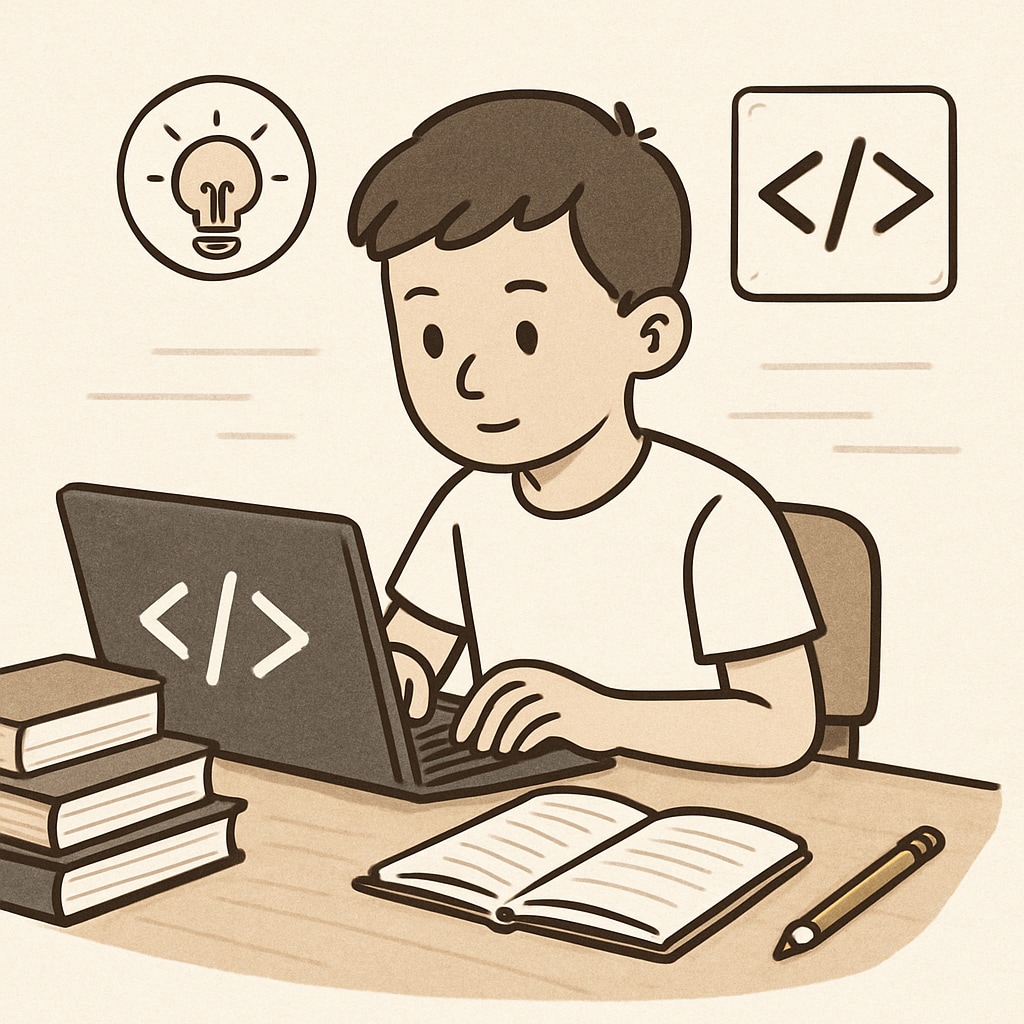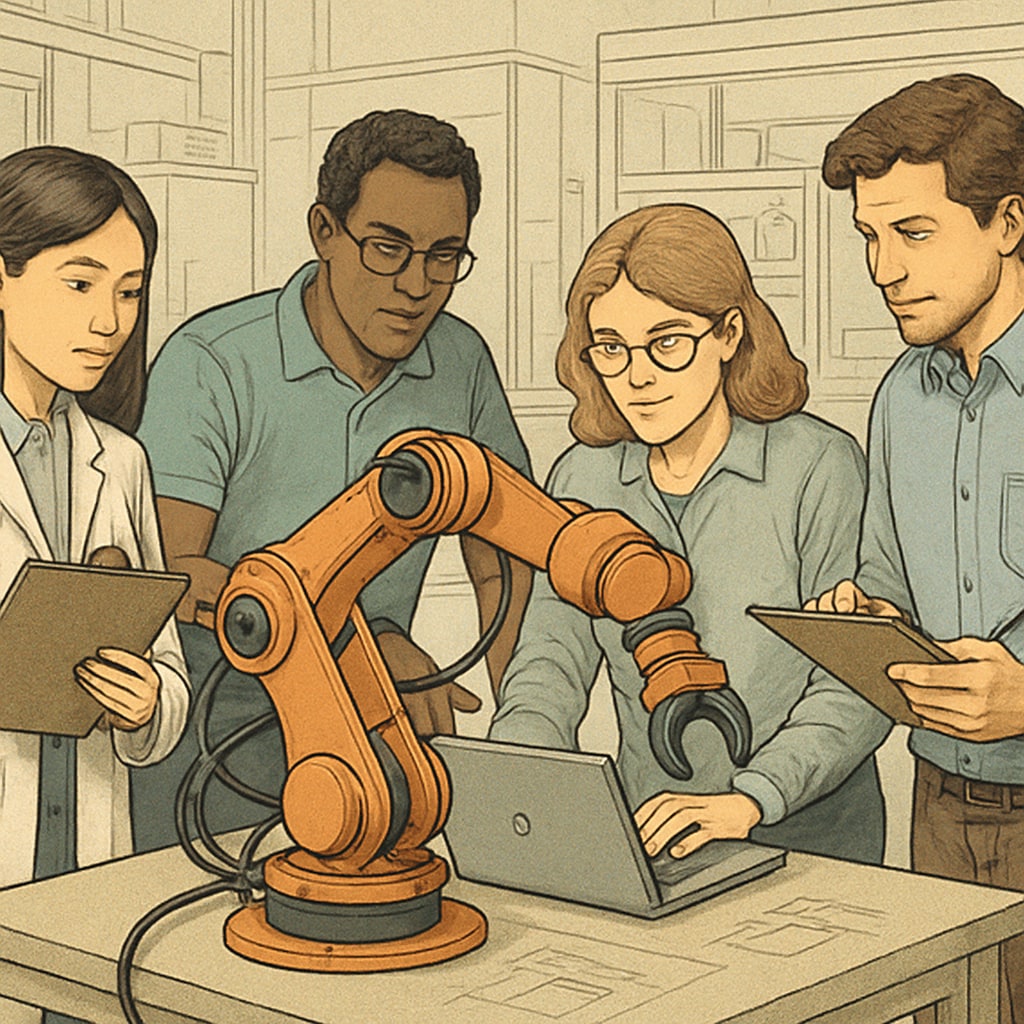In today’s rapidly evolving digital age, many teenagers find themselves facing a critical decision: choosing between a career as a programmer or an engineer. With the rise of artificial intelligence (AI) and technological innovation, understanding the differences, similarities, and future opportunities in these fields is essential. Making the right career choice not only requires knowledge of these professions but also a deep understanding of personal interests and traits.
Understanding the Roles: Programmer vs Engineer
Although both programmers and engineers work in technical domains, their roles are distinct. A programmer primarily focuses on writing and debugging code to create software and applications. They specialize in languages such as Python, Java, or C++, and often work in areas like web development, mobile apps, or AI algorithms. On the other hand, engineers take a broader approach, combining math, science, and design principles to solve practical problems. While software engineers may overlap with programming tasks, other engineering fields include electrical, mechanical, civil, and chemical engineering.
- Programmers: Build software and applications, focus on coding and logic.
- Engineers: Solve real-world problems using design and technical expertise.

Career Growth and Opportunities in the Age of AI
Both careers have promising futures, especially with AI reshaping industries. Programming jobs are expected to grow due to increasing demand for software automation, data analysis, and AI systems. Engineers, particularly in fields like robotics or renewable energy, are also seeing expansion as technology integrates into infrastructure and manufacturing. According to Britannica, AI’s influence spans multiple sectors, making technical expertise highly valuable.
However, teenagers must consider the nature of work in each field. Programming often involves sitting for extended periods and focusing on solving logical challenges. Engineering, depending on the specialization, may involve hands-on work, field research, or designing physical systems. Choosing between these paths often depends on whether a student prefers abstract problem-solving or tangible creation.

How to Choose the Right Path
Selecting between programming and engineering ultimately comes down to personal interests, skills, and values. Here are some steps teenagers can take to make an informed decision:
- Evaluate Interests: Do you enjoy coding and software creation, or are you drawn to designing physical systems?
- Research Career Paths: Learn about job roles, salaries, and growth opportunities in both fields.
- Gain Exposure: Participate in STEM programs, online coding courses, or engineering workshops.
- Assess Skills: Programming requires logical thinking and attention to detail, whereas engineering often demands strong math and design capabilities.
For example, platforms like Wikipedia provide comprehensive details on programming languages, while resources on engineering principles can help teenagers explore the fundamentals of each field.
Conclusion: Finding Your Path in the AI-Driven World
In the age of artificial intelligence and rapid technological advancement, choosing between programming and engineering can be challenging but rewarding. Teenagers should focus on aligning their interests and skills with the demands and rewards of each profession. Whether they find joy in writing code or designing solutions, both paths offer opportunities to innovate and contribute to the future of technology.
Ultimately, the decision should be guided by curiosity, passion, and a willingness to explore. Both programmers and engineers will play vital roles in shaping the AI-driven world, ensuring there’s no wrong choice—only the one that feels right for each individual.
Readability guidance: Use short paragraphs and lists to summarize key points. Ensure over 30% of sentences include transition words like “however,” “therefore,” or “for example.” Distribute keywords evenly and avoid redundancy.


